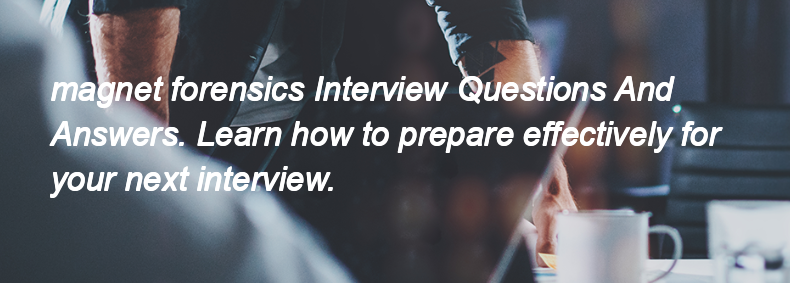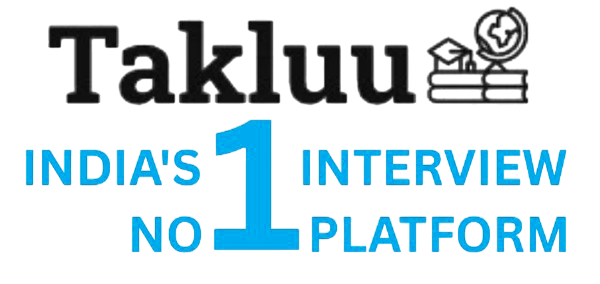Ques:- What is the difference between Classic AUTOSAR and Adaptive AUTOSAR
Asked In :-
Unyscape Infocom Pvt. Ltd., Netaxis IT Solutions (p), Clear Trail Technologies, MatchMove India, Novalnet e-Solutions, Elsner Technologies, mobifly, WebReinvent Technologies, APPS Associates Pvt., Hinduja Tech,
Right Answer:
Classic AUTOSAR is designed for safety-critical applications with a focus on real-time performance and static architectures, while Adaptive AUTOSAR is intended for more complex, high-performance applications that require dynamic software updates and support for advanced computing platforms.
Classic AUTOSAR is designed for safety-critical applications with a focus on real-time performance and static architectures, while Adaptive AUTOSAR is intended for more complex, high-performance applications that require dynamic software updates and support for advanced computing platforms.

